Acknowledgements xiii
Preface to the Third Edition xiv
About the Companion Website xvi
Part I How the Cow Works 1
1 Introduction – The Dairy Cow of Today 3
Milk as Food 6
Nutrient Supply 7
Healthy Digestion 8
Taste and Appetite 9
Do no Harm 9
Biological Efficiency of Milk Production 10
Milk Production: Species and Breed Comparisons 11
Efficiency of Feed Conversion to Milk, Eggs and Meat: Competitive and Complementary Feeds 12
Behaviour and Welfare 14
2 Digestion and Metabolism 18
Structure of the Digestive Tract 18
Eating and Rumination 22
Grazing 22
Salivation 23
Rumen Movements 23
Rumination 25
Digestion 26
Fermentation of Carbohydrates in the Rumen 28
Utilization of Metabolizable Energy for Maintenance and Production 31
Digestion of Crude Protein 32
Microbial Protein Synthesis 35
Truly Absorbed Amino Nitrogen 37
Urea Recycling 38
Digestion of Lipids 38
Absorption and Secretion of Minerals 39
Calcium Exchange 41
Appetite and Food Intake 42
3 Reproduction and Lactation 45
Anatomy of the Female Reproductive Tract 45
Follicle Development and Ovulation 45
The Oestrus Cycle 49
Puberty 49
Fertilisation 50
Pregnancy 51
Placental Transfer and Foetal Nutrition 53
Parturition 53
Dystocia 55
Lactation 56
Anatomy of the Udder 56
Milk Yield 58
Extended Lactations 59
Hormonal Control of Lactation 60
Reproduction in the Male 61
4 Environment, Behaviour and Welfare 64
Environmental Needs 64
Behaviour 65
Physical Comfort 66
Thermal Comfort 68
Sensible Heat Loss 68
Evaporative Heat Loss 69
Metabolic Heat Production 71
Climate, Production and Welfare 73
Tropical Climates 73
Cold Climates 74
Security and Social Behaviour 74
Sexual and Maternal Behaviour 75
Behaviour as an Indicator of Welfare 76
Part II Feeding the Dairy Cow 77
5 Nutrition: Supply and Demand 79
Nutrient Requirements and Responses 81
Nutrient Allowances for the Lactating Cow 84
Mineral Requirements 88
Nutritive Value of Feeds 90
Ration Formulation 93
Prediction of Food Intake 93
Assessment of an Existing Ration 94
Feeding Plans for Dairy Cows 95
Inputs 95
Outputs 96
Allowances for Growing Heifers 97
6 Feeds and Feeding Strategies 99
Pasture 100
Grazing Strategies 102
Legumes 104
Grass Silage 104
Dry Matter 105
Metabolisable Energy 106
Protein 106
Silage Additives 107
Hay 107
Straw 108
Ensiled Whole-crop Cereals 108
Other Green Feeds 109
Root Crops 109
Cereals 109
By-products 111
Oilseed Cakes and Meals 111
Miscellaneous By-products 113
Sugar Beet Pulp 113
Maize Gluten 113
Brewers’ and Distillers’ Grains 114
Wheat Bran 114
Balancing Forages and Concentrates 114
Feeding Strategies 117
Feeding to Yield 117
Total Mixed Rations and Flat Rate Feeding 119
7 Feeding Problems and Metabolic Diseases 121
Feeding Problems 123
Rumen Acidosis 123
Abomasal Disorders 125
Bloat 126
Metabolic Disorders 127
Ketosis 127
Prevention and Treatment 129
Parturient Hypocalcaemia (‘Milk Fever’) 130
Prevention and Treatment 131
The Downer Cow 132
Hypomagnesaemic Tetany (Grass Staggers) 133
Prevention and Treatment 135
Other Mineral Deficiencies 136
Phosphorus 136
Copper and Molybdenum 137
Cobalt 138
Selenium 138
Vitamin Deficiencies 139
Vitamin A 139
Vitamin D 140
Vitamin E 140
Last Words on Minerals and Vitamins 141
Part III Housing Health and Management 143
8 Healthy and Humane Housing and Handling 145
Accommodation 145
The Cow House 146
Cubicle Design 150
The Cubicle Bed 153
Passageways 154
Calving and Isolation Boxes 154
Heifer Yards 156
Handling Facilities 156
Lameness 157
Conditions that Cause Lameness 159
Sole Haemorrhage and Sole Ulcers 159
White Line Disease 161
Digital Dermatitis 161
Interdigital Necrobacillosis ‘Foul’ 162
Aseptic Laminitis, ‘Founder’ 162
Risk Factors for Lameness 162
Transport and Slaughter 164
Loading and Unloading 164
The Journey 165
A Gentle Death 166
9 Milking and Mastitis 168
The Milking Machine 171
The Milking Parlour 174
Hygiene in the Milking Parlour 174
Mastitis 175
Indicators of Mastitis 176
Contagious Mastitis 177
Environmental Mastitis 178
Summer Mastitis 180
Dry Cow Therapy 181
10 Miscellaneous Maladies 182
Signs of Disease 183
Sudden Death 183
Drooling 185
Abdominal Symptoms 186
Nervous Symptoms 187
Fever 187
Inappetence and Anorexia 188
Notifiable Diseases 189
Bovine Tuberculosis 191
Foot and Mouth Disease 192
Other Infectious Diseases 193
Bovine Viral Diarrhoea (BVD) 193
Johne’s Disease 194
Salmonellosis 194
Leptospirosis 195
Parasitic Diseases 195
Part IV Breeding and Fertility 197
11 Breeding 199
Selection Criteria 202
Genomic Selection 206
Sexed Semen 206
Cow Selection 207
Beef Bulls 209
12 Fertility 211
Fertility Management 212
Behaviour at Oestrus 212
Aids to Oestrus Detection 213
Synchronisation of Oestrus 216
Time of Insemination 217
Pregnancy Diagnosis 217
Rebreeding 219
Infertility 219
Ovarian Dysfunction 220
Uterine Disorders 221
Retained Placenta 221
Endometritis 222
Early Foetal Death 222
Abortion 223
Nutrition and Infertility 223
Condition Score at Calving? 225
Condition Score at the Time for Rebreeding? 225
Milk Yields in Early and Mid-lactation? 225
How Well Does Nutrient Supply Match Requirements? 226
Transition Management 226
Part V Cows, People and the Environment 229
13 Cows, People and the Living Environment 231
Most of Those who can Consume Too Much Meat and Milk 232
Food We Could Eat is Fed to Animals While the Poor Grow Hungry 233
Intensive Livestock Production is Incompatible with Animal Welfare 233
Livestock’s Long Shadow is Destroying the Planet 235
Methane Production and Climate Change 237
Pollution from Dairy Units 238
Alternative Husbandry Systems 240
Organic Dairy Farming 240
Traditional and Village Systems 241
Fair Play for Cows, People and the Planet 242
Herd Health and Welfare 242
Herd Health Management 243
Animal Welfare: Quality Assurance and Quality Control 243
Further Reading 247
Index 252
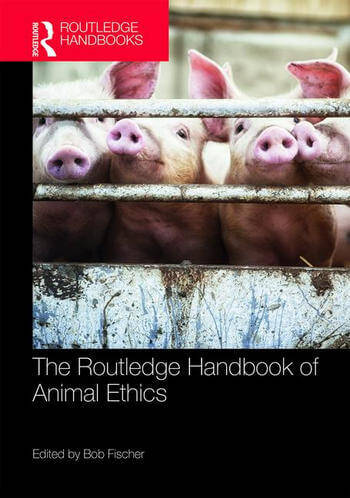

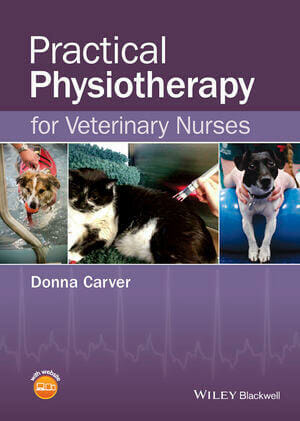
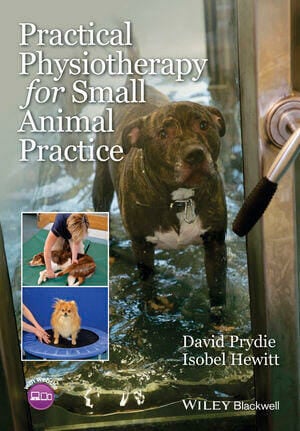
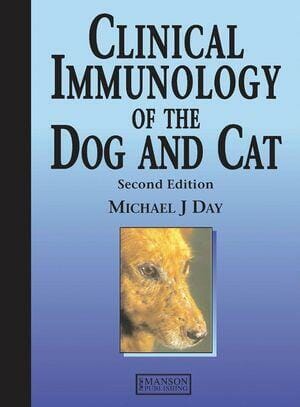
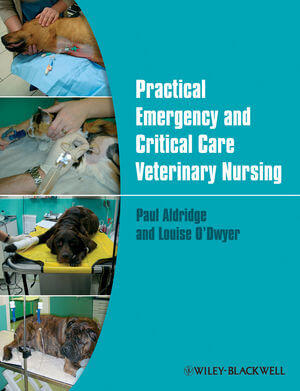
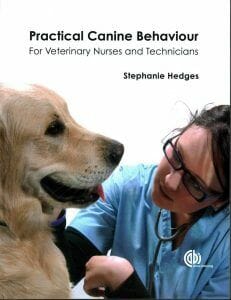
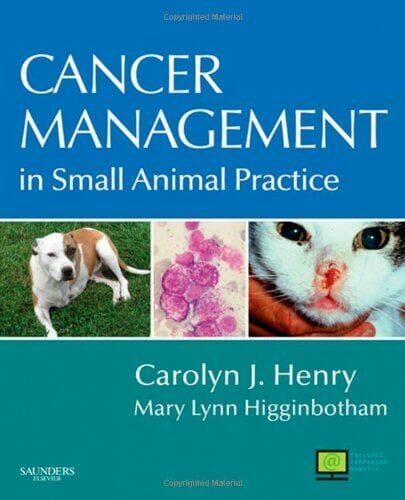

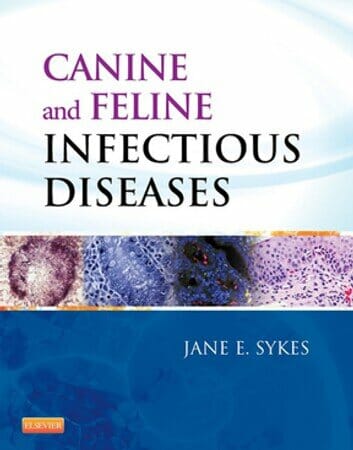
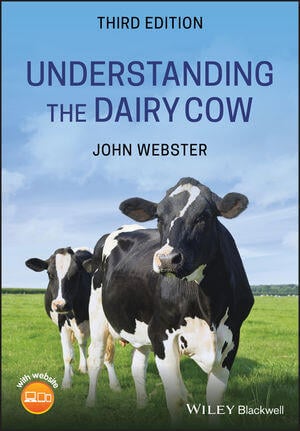




![Ettinger’s Textbook of Veterinary Internal Medicine 9th Edition [PDF+Videos] Ettinger’s Textbook of Veterinary Internal Medicine 9th Edition [True PDF+Videos]](https://www.vet-ebooks.com/wp-content/uploads/2024/10/ettingers-textbook-of-veterinary-internal-medicine-9th-edition-100x70.jpg)

![Textbook of Veterinary Diagnostic Radiology 8th Edition [PDF+Videos+Quizzes] Thrall’s Textbook of Veterinary Diagnostic Radiology, 8th edition PDF](https://www.vet-ebooks.com/wp-content/uploads/2019/09/textbook-of-veterinary-diagnostic-radiology-8th-edition-100x70.jpg)






